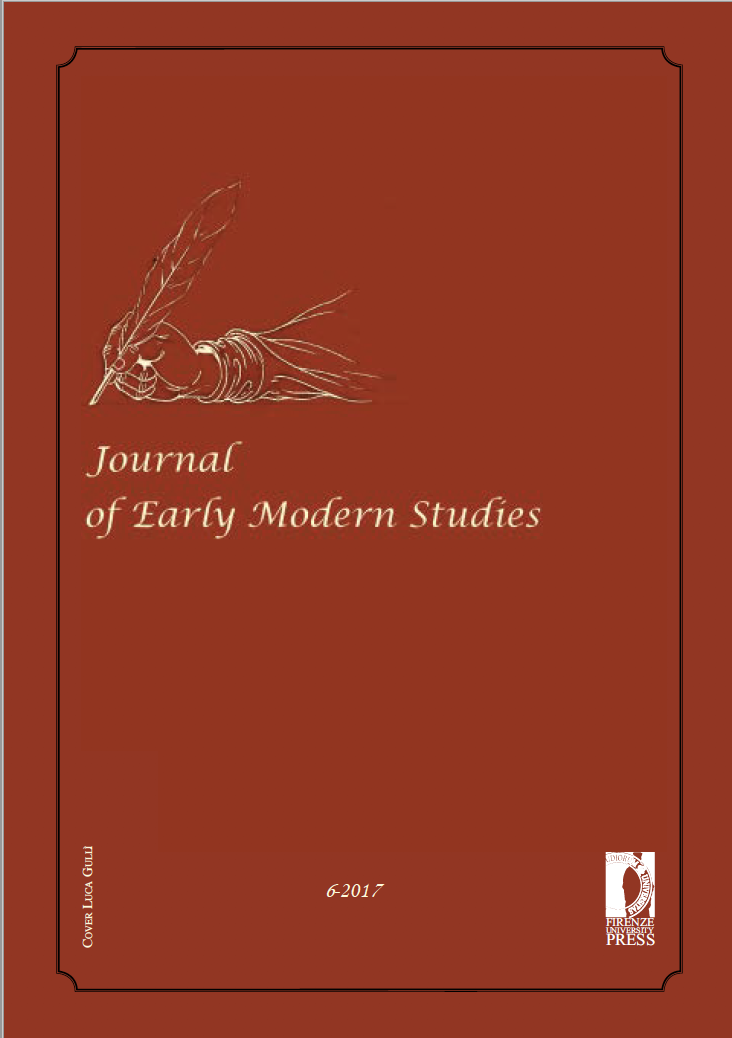Abstract
The early modern transformations of the realm of the written word also added a new dimension to the relationship between the act of reading and the experience of time. On the material culture front there is the time set for reading, affected by literacy, the availability of reading material, the lighting conditions or the supply of reading glasses, as well as by conventions that may suggest more or less appropriate occasions for this activity. In the age of the printing press, various modes and rhythms of writing and reading were also affected by the changes and by the coexistence of plural communication media. On the other hand, reading opens a window on a reality that has its own timeline – or rather, that can be experienced as belonging to another time dimension: from the remote past of Antiquity to the newly developing synchronicity that characterised the world of news. A new sensitivity for the present was being born out of a major metamorphosis in communication, transport and cultural exchange.


